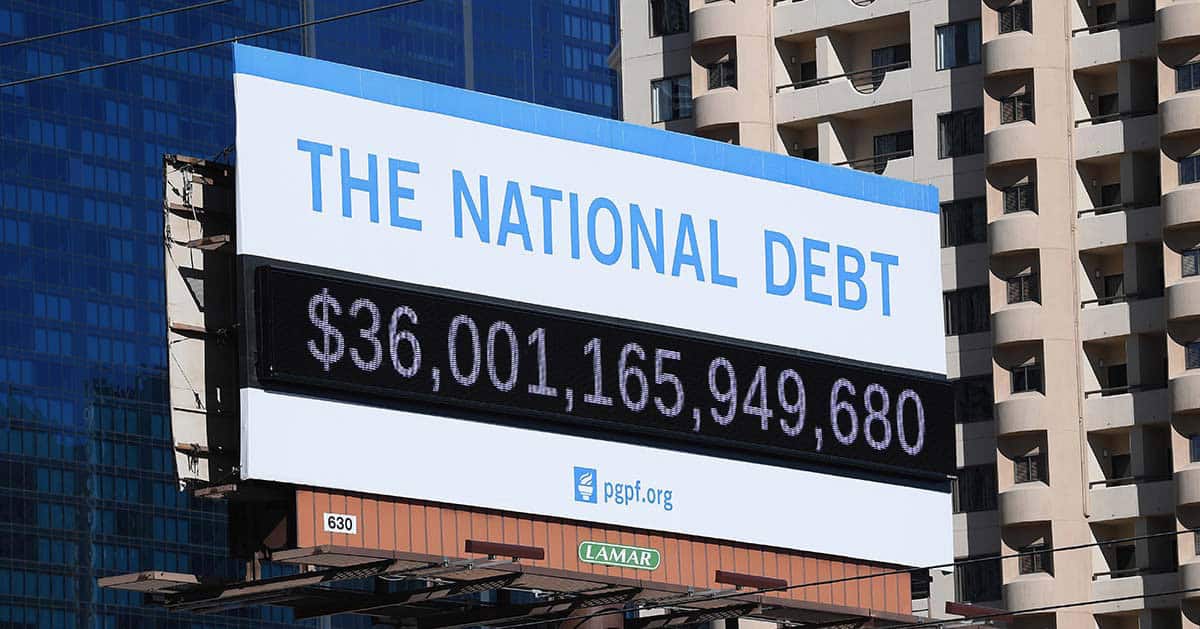The crowding out effect has been discussed for over a hundred years in various forms.
During much of this time, people thought of capital as being finite and confined to individual countries, which was largely the case due to lower volumes of
international trade compared to the present day. In that context, increased
taxation for public works projects and public spending could be directly linked to a reduction in the capacity for private spending within a given country, as less money was available.
The Crowding Out Effect vs. Crowding In
On the other hand, macroeconomic theories such as
Chartalism and Post-Keynesian posit that government borrowing, in a modern economy operating significantly below
capacity,
can actually increase demand by generating employment, thereby stimulating private spending as well. This process is often referred to as "crowding in."
The crowding in theory has gained some currency among economists in recent years after it was noted that, during the Great Recession of 2007–2009, massive spending on the part of the federal government on bonds and other securities actually had the effect of reducing interest rates.1

